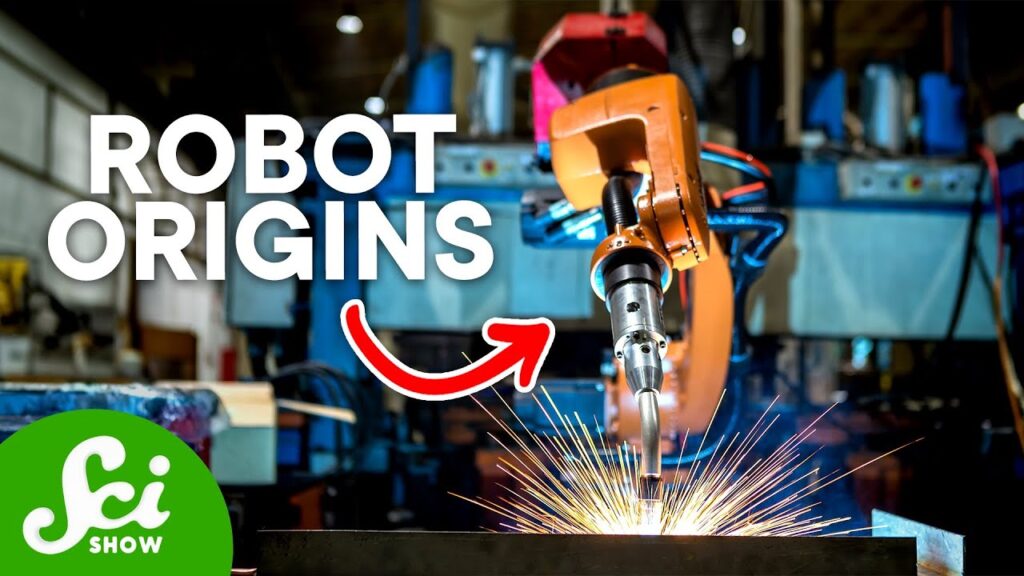With vast technological advancements over the last few decades, it is quite surprising to ponder why robots have not taken over our everyday lives by now. We live in a time where science fiction has become a reality in many ways, yet we still can't find robots running everything. So, what exactly is holding us back from this robotic revolution?
The answer lies in the intricate world of industrial robots. These mechanical wonders have certainly made their mark in several industries, but there are numerous factors that prevent them from becoming the ubiquitous workforce of the future. Let's delve into this further and explore why robots have not taken over every aspect of our lives just yet.
To truly understand the limitations of industrial robots, we must first look at their history. The concept of robotics dates back centuries, but it wasn't until the 20th century that significant progress was made. The first industrial robot, named Unimate, was introduced in 1961 by General Motors. Unimate marked the beginning of a new era, where machines would assist humans in various industrial tasks. This breakthrough technology paved the way for further advancements in the field of robotics.
Over the years, industrial robots have become more sophisticated and capable of handling a wide range of tasks. They are designed to perform repetitive and physically demanding jobs, which not only increases productivity but also ensures the safety and wellbeing of workers. These robots can be found in factories assembling cars, packaging products, and even performing surgery in the medical field.
However, despite their impressive capabilities, industrial robots do have their limitations. One major constraint is the high cost associated with their implementation. Companies that wish to integrate robots into their operations must invest substantial amounts of money in purchasing and maintaining these machines. Additionally, there are costs related to retraining human workers to operate alongside the robots.
Moreover, the complexity of certain tasks still eludes the capabilities of robots. While they excel in repetitive and predictable tasks, robots often struggle when faced with unstructured environments or tasks that require human intuition and creativity. This limitation prevents robots from completely taking over certain industries that heavily rely on human expertise and adaptability.
Another significant factor is the fear and uncertainty that arises when contemplating a world where robots dominate the workforce. Many people worry about the possible consequences of job losses and the impact it would have on the economy and society as a whole. This concern is valid, as it raises questions about income inequality and the displacement of human workers.
In addition to the above obstacles, there are also technical challenges that need to be addressed. Advances in artificial intelligence and machine learning have allowed robots to become more intelligent and autonomous. However, there is still room for improvement. Developing robots that can comprehend and adapt to real-time changes in their surroundings is an ongoing challenge.
When considering all these factors, it becomes clear that the transition to a world where robots run everything is a complex and gradual process. It requires careful planning, investment, and collaboration between humans and machines. The goal should not be to replace human workers entirely but to find a harmonious balance where robots can enhance human performance and productivity.
In conclusion, while the idea of robots running everything may seem like a distant dream, it is important to recognize the significant advancements that have already been made in the field of industrial robots. They have revolutionized several industries and continue to bring unprecedented levels of efficiency and productivity. However, their implementation on a broader scale requires overcoming various challenges such as cost, limitations in task complexity, societal concerns, and technical hurdles. With continued progress and innovation, we may one day reach a point where robots play an even more substantial role in our daily lives, but for now, the human touch remains vital in many aspects of our world.
Industrial Robot
"The Origins of Robotics: A Concise Account of Historical Evolution and Applications in Industrial Automation"


